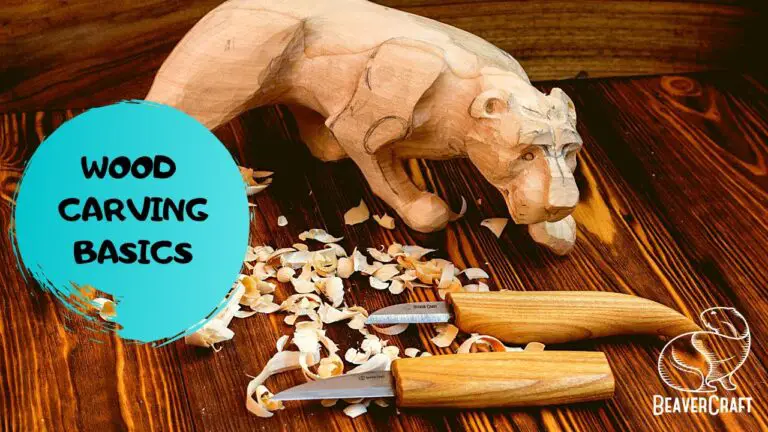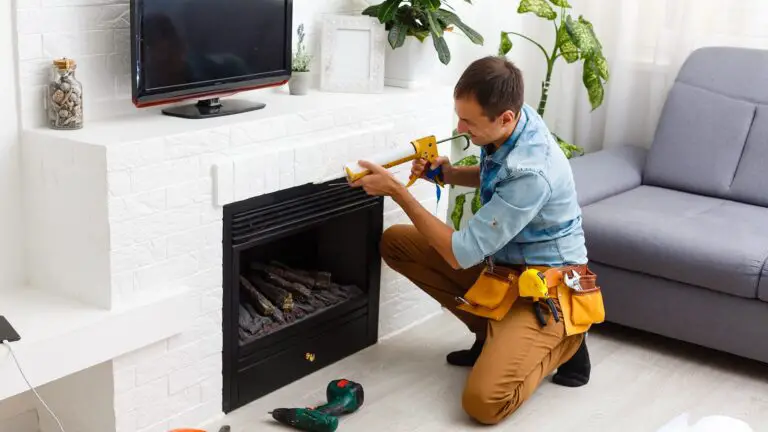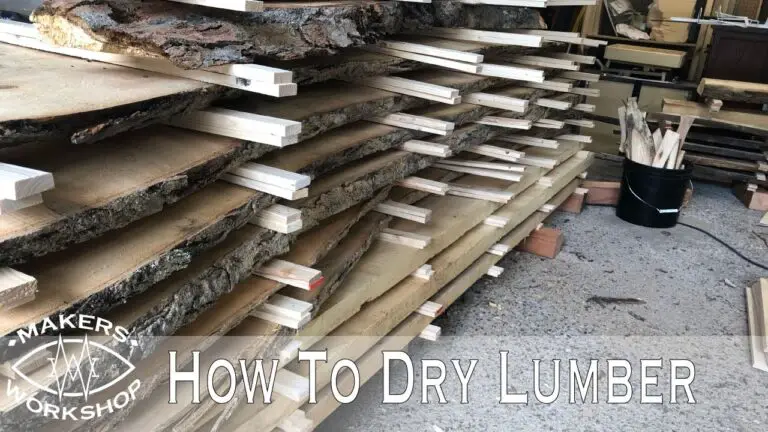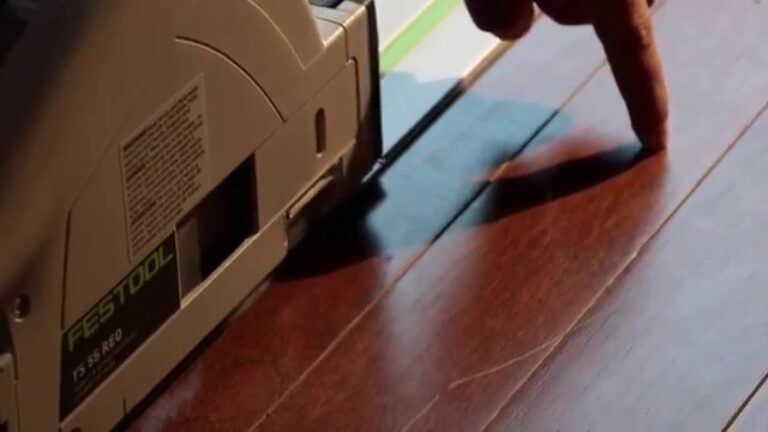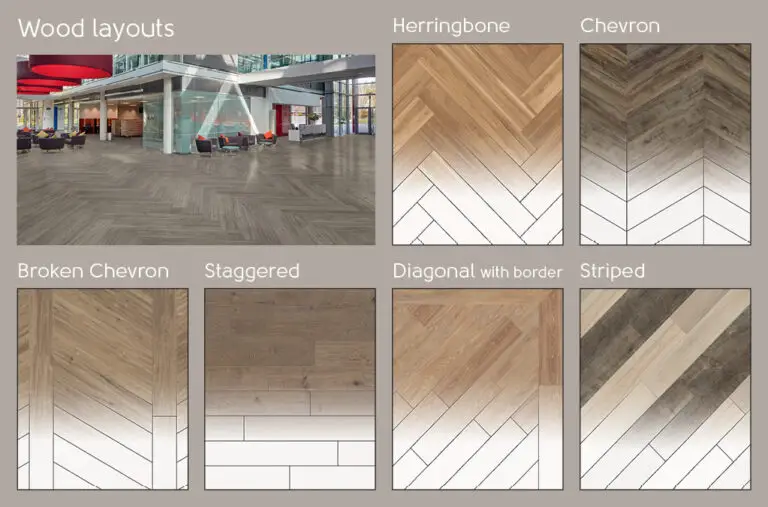How to Fix Rotted Wood Siding
To fix rotted wood siding, remove the damaged boards and replace them with new ones. Be sure to use rot-resistant lumber or treated lumber for the repair. If the damage is extensive, you may need to replace the entire section of siding.
Replacing Rotted Wood Siding | Step by Step Guide
- Remove any loose or flaking paint from the rotted area with a putty knife
- This will help you to get a better idea of the size and depth of the damage
- Use a saw or rotary tool to remove any remaining wood that is soft or spongy
- Make sure to go at least an inch below the surface of the rotted area
- Apply a coat of epoxy filler to the prepared area, using a putty knife or similar tool
- Smooth out the filler so that it is level with the surrounding wood
- Allow it to dry completely according to instructions before proceeding
- Once the epoxy filler has dried, sand down the area until it is smooth and flush with the rest of the siding
- Wipe away any dust with a damp cloth before proceeding
- Apply primer and paint to the repaired area, using matching colors if possible
- Allow everything to dry completely before putting back into place any trim or other materials that were removed during repair
Wood Siding Rotting at Bottom
If you have wood siding, it’s important to inspect it regularly for signs of rot. Rotting can occur at the bottom of the siding where it meets the ground, or anywhere that water can seep in and saturate the wood. Once rot starts, it can spread quickly, so it’s important to catch it early and repair any damage before it gets worse.
To inspect your siding for rot, start by looking for any cracks or gaps in the wood. These are entry points for water, which can lead to rotting. If you see any damage, use caulk or sealant to fill in the gaps and prevent further water damage.
You should also check around windows and doors, as these are common areas for leaks.
Once you’ve inspected the outside of your home, take a look at the inside as well. Check walls and ceilings near windows and doors for any signs of water damage.
If you see stains or dampness, there may be a leak that needs to be fixed.
If you do find rot on your siding, don’t panic! It’s possible to repair small areas of damage yourself with some elbow grease and a little bit of know-how.
How to Repair Vertical Wood Siding
Vertical wood siding is a beautiful and classic way to finish the exterior of your home. Unfortunately, it is also susceptible to damage from weather and age. If you find yourself in need of repair, don’t despair!
With a little time and effort, you can have your vertical wood siding looking like new again.
The first step is to assess the damage. Vertical wood siding is usually made up of boards that are nailed together.
If you see any loose nails, simply drive them back in with a hammer. If the boards are cracked or split, you will need to replace them. You can purchase replacement boards at your local hardware store.
Once you have replaced any damaged boards, it’s time to start sanding. Use a medium-grit sandpaper to remove any roughness or splinters from the surface of the wood. Be sure to sand along the grain of the wood for best results.
Once you have finished sanding, vacuum up all of the dust and then wipe down the area with a damp cloth.
Now it’s time to apply primer and paint (or stain). As with any painting project, be sure to follow all directions on the cans of primer and paint (or stain) that you purchase.
When applying primer or paint (or stain), always work from top to bottom so that any drips will run down onto already painted areas instead of unpainted areas. Allow plenty of time for each coat of primer or paint (or stain) to dry completely before moving on to the next coat.
After everything has dried completely, enjoy your newly repaired vertical wood siding!
How to Repair Water Damaged Siding
Your home’s siding is one of the first lines of defense against the elements, so it’s no wonder that water damage is a common problem. Whether it’s due to storms, leaks, or just plain old wear and tear, damaged siding can leave your home vulnerable to further damage and even mold growth.
If you find yourself with water damaged siding, don’t despair!
In most cases, it can be repaired quite easily. Here are a few tips on how to repair water damaged siding:
1. Inspect the damage carefully.
The first step is to take a close look at the affected area and determine the extent of the damage. If only a few boards are affected, you may be able to simply replace them. However, if the damage is more widespread, you may need to replace larger sections of siding or even the entire piece.
2. Remove any wet or damp materials. Once you’ve determined the extent of the damage, it’s time to start removing any wet or damp materials from the affected area. This includes any insulation, drywall, or other materials that have been soaked through with water.
Be sure to dispose of these materials properly; don’t just leave them out in your yard where they could cause further problems!
3. Dry out the area completely. Before you begin making repairs, it’s important to make sure that all residual moisture has been removed from the area.
This can be done by using fans and dehumidifiers or by opening up windows and doors (if weather permits). Once everything is thoroughly dry, you can proceed with repairs.
4 .
Make necessary repairs . Depending on the severity of the damage , there are a few different ways you can approach repairs . For small areas , you may be able illsutrated blog postto simply patch over cracks or holes with new pieces of siding . Larger areas will require replacing larger sections or even an entirely new piece altogether . If illsutrated blog postyou ‘re unsure how illsutrated blog postto make repairs , it ‘s always best tillsutrated blog posto consult with a professional contractor who can advise illsutrated blog postyou on illsutrated blog postthe best course illsutrated blog postof action for your specific situation .
Wood Siding Replacement Cost
If your home has wood siding, at some point you will likely need to replace it. Wood siding is susceptible to damage from weather and insects, and over time it can start to rot. Replacing wood siding is not a cheap project, but it is one that is important to keep your home in good condition.
Here are some things to know about the cost of replacing wood siding:
The average cost to replace wood siding is $7-10 per square foot. This includes both the materials and labor costs.
Materials costs will vary depending on the type of wood you choose. Cedar is a popular choice because it is durable and looks great, but it also comes with a higher price tag. Pressure-treated lumber is a more affordable option, but it may not last as long as cedar.
Labor costs will also vary depending on the size of your home and the complexity of the job. If you have a large home or complex trim work, you can expect to pay more for labor. Overall, replacing wood siding is not a small project or expense, but it is an important one to keep your home looking its best for years to come!
Replace Wood Siding With Fiber Cement
If you’re considering replacing your wood siding with fiber cement, there are a few things you should know. Fiber cement is a durable, low-maintenance material that can mimic the look of wood while offering better protection against the elements. Here’s what you need to know about replacing wood siding with fiber cement:
The Pros:
Fiber cement is extremely durable and low-maintenance. It resists rot, pests, and fire, and won’t warp or crack like wood can.
Fiber cement is also very versatile. It can be painted or stained to match any home exterior, and it comes in a variety of styles (including shingles, lap siding, and shake).

Credit: www.imageworkspainting.com
How Do You Fix Rotting Wood Without Replacing It?
If you have rotten wood on your property, it is important to take care of it as soon as possible. Rotten wood can cause serious structural problems and can be a health hazard. There are several ways to fix rotting wood without replacing it.
One way to fix rotting wood is by using epoxy. Epoxy is a strong adhesive that can be used to fill in cracks and holes in wood. It can also be used to attach new pieces of wood to old pieces of wood.
Epoxy is available at most hardware stores.
Another way to fix rotting wood is by using a product called Wood Hardener. This product works by bonding with the rotted wood fibers and reinforcing them.
Wood Hardener is available at most hardware stores.
Once the rotted wood has been repaired, it is important to protect it from further damage. One way to do this is by painting or staining the repaired area.
This will help seal out moisture and prevent future rot.
How Do You Replace Rotted Wood on the Outside of a House?
If you have rotted wood on the outside of your house, you will need to replace it. Rotted wood can be a serious problem because it can lead to water damage, insect infestation, and structural problems. Replacing rotted wood is not a difficult task, but it does require some time and effort.
Here are the steps you will need to take:
1. Remove the rotted wood. Use a chisel and hammer to remove any nails that are holding the rotted wood in place.
Then use a pry bar or crowbar to carefully remove the rotted wood. Be careful not to damage the surrounding area.
2. Cut away any damaged areas.
Use a saw to cut away any damaged or decayed areas of the remaining wood. Make sure that the new piece of wood will fit snugly into the hole left by the removal of the old piece.
3 .
Prepare the surface for painting or staining by sanding down any rough edges. You may also want to apply a primer before painting or staining so that your finished product has a professional look.
4 .
Install new trim pieces using nails or screws (depending on what type of trim you are using).
Can Wood Siding Be Repaired?
Wood siding is a popular choice for homes and other structures because it is durable and has a natural look. Over time, however, wood siding can become damaged by weathering, insects, or other factors. When this happens, it is important to know that wood siding can be repaired.
There are several ways to repair wood siding, depending on the type of damage. For example, small holes or cracks can be filled with putty or caulk. Larger holes may need to be patched with a piece of plywood or another piece of wood.
If the damage is extensive, it may be necessary to replace entire sections of siding.
Before beginning any repairs, it is important to clean the area around the damage and remove any loose paint or debris. Once the area is clean, you can begin making repairs using the appropriate materials and techniques.
With proper care and maintenance, your wood siding will last for many years to come.
How Do You Treat Rotted Siding?
Your home’s siding is one of the most important parts of its structure and appearance. Not only does it protect your home from the elements, but it also adds to its curb appeal. So when you notice that your siding is starting to rot, it’s important to take action right away.
Otherwise, the damage will only get worse and could eventually lead to serious structural problems.
There are a few different ways to treat rotted siding, depending on the severity of the damage. For small areas of Rotting, you may be able to simply sand down the area until you reach sound wood.
Then, apply a sealer or primer followed by paint or stain. This will help prevent further damage and extend the life of your siding.
For more extensive rotting, you may need to replace sections of your siding.
This is especially true if the rot has spread to the framing beneath the siding. To do this, first remove any rotten sections of siding using a pry bar or other tool. Then cut out any rotten framing with a saw and replace it with new lumber.
Conclusion
If you have rotten wood siding, don’t despair! There are a few ways to fix it and get your home back in tip-top shape. First, try using a putty knife or chisel to remove the rot.
If that doesn’t work, you can use a power washer to blast it away. If all else fails, you may need to replace the affected pieces of siding. Whichever route you take, make sure to repair any damage caused by the rot so that it doesn’t come back!


